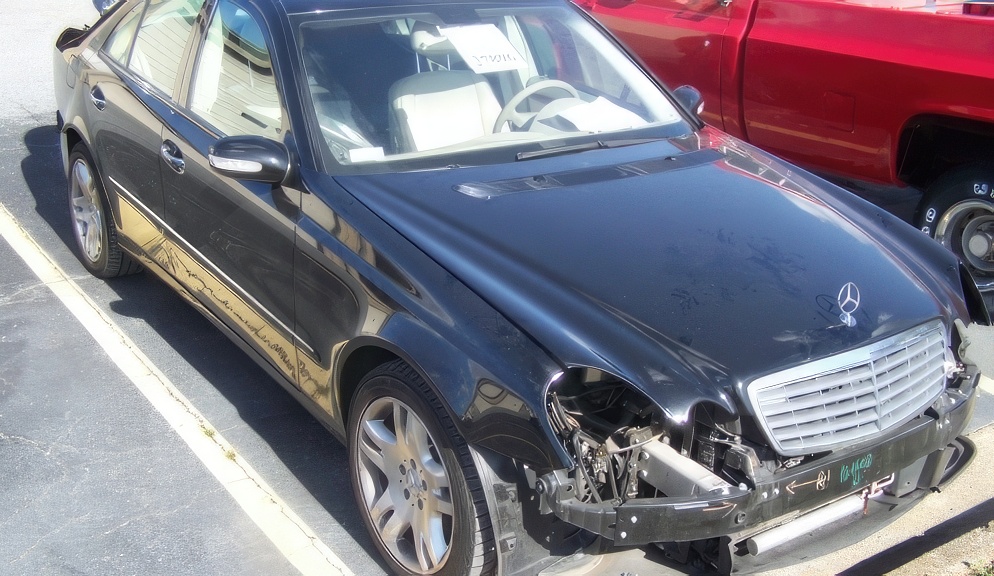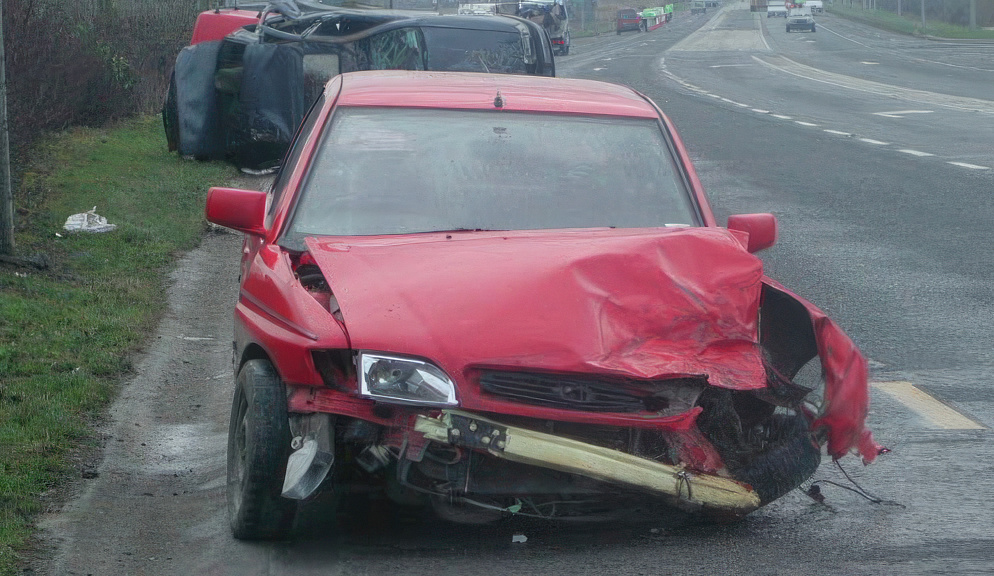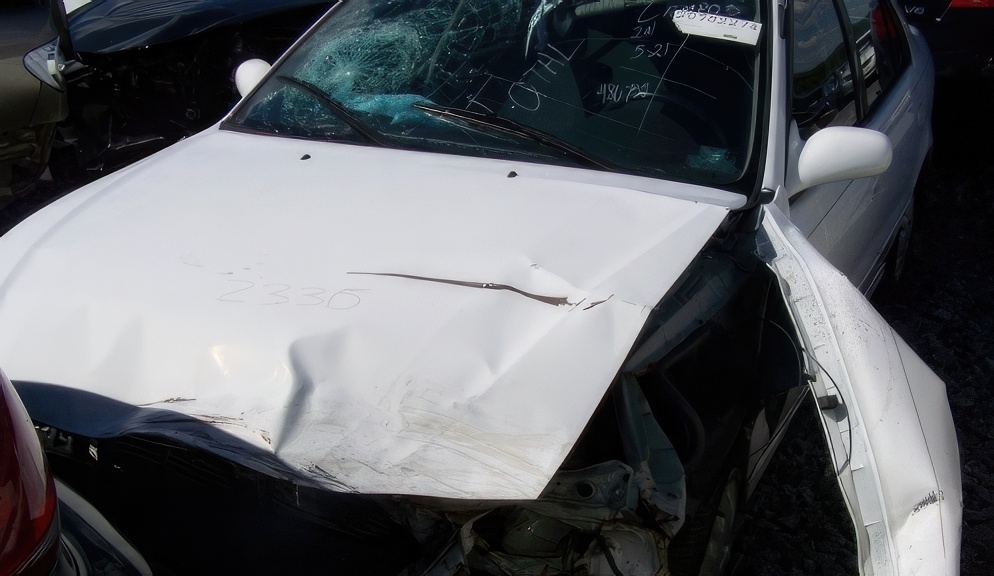Unlocking the Mystery of Diminished Value Claims

Navigating the aftermath of an auto accident involves more than repairing physical damage. It’s about understanding and advocating for the inherent worth of your vehicle. Diminished value claims stand at the heart of this process, providing a means to recognize the loss in a car’s value post-repair.
This article aims to demystify the requirements and steps necessary to file such a claim, ensuring you are equipped to recover what is rightfully yours.
The Basics of Diminished Value
When a car is involved in an accident, its story changes irreversibly. This shift isn’t just physical; it extends to the car’s market value, which inevitably declines, a situation termed ‘diminished value.’ This concept is complex, extending beyond the car’s physical condition to encompass market perceptions and the psychological impact of an accident history on potential buyers. Even with high-quality repairs, a vehicle’s history of damage can significantly reduce its appeal and value in the eyes of future buyers.
Understanding diminished value is crucial for any car owner facing this situation. It’s not just about the immediate repairs, but also about how the accident alters the vehicle’s narrative in the market. This understanding is key to making a strong case for compensation, as it underlines the fact that, regardless of repair quality, the vehicle has lost some of its inherent value simply due to its accident history.
Criteria for Filing a Diminished Value Claim
Embarking on a diminished value claim involves meeting certain criteria. Primarily, the claimant should typically be a party not at fault in the accident. Additionally, the vehicle must be insured under a policy that includes comprehensive or collision coverage. Another crucial factor is timing. Each state has specific statutes of limitations dictating the timeframe within which a claim must be filed post-accident. Understanding and adhering to these criteria is essential to ensure your claim is valid and not dismissed due to technicalities.
This step involves a careful examination of your insurance policy and the circumstances of the accident. Being clear on these criteria helps in preparing a solid foundation for your claim. It’s a matter of aligning the specifics of your situation with the requirements laid out by your insurance policy and state laws, ensuring that you are fully eligible to seek compensation for the diminished value of your vehicle.
The Importance of a Detailed Appraisal
A detailed and accurate appraisal is the cornerstone of a diminished value claim.
This appraisal should encompass more than just the repairs; it needs to evaluate the vehicle’s make, model, age, and condition prior to the accident.
The appraiser’s role is to quantify the abstract concept of diminished value into a specific financial loss, a task that demands thoroughness and precision. This appraisal not only gives credibility to your claim but also serves as a vital tool in negotiations with insurance providers.
The expertise of the appraiser is instrumental in translating the diminished value from a theoretical loss to a tangible monetary figure. The appraiser’s evaluation should be comprehensive, accounting for all factors that could influence the vehicle’s market value. This meticulous approach ensures that your claim is grounded in solid evidence, providing a strong basis for negotiations with your insurance company.
Documenting Your Claim
Effective documentation is vital in a diminished value claim. Every aspect of the accident’s impact on the vehicle should be meticulously recorded. This includes the initial accident report, photographs of the damage, detailed repair invoices, and the professional appraisal report. Such comprehensive documentation creates a compelling narrative that substantiates your claim. A well-documented case is harder for insurers to refute and strengthens your position in negotiations.
This step is about creating a clear and detailed record of the entire incident and its aftermath. It’s about compiling evidence that showcases not just the physical damage and repairs, but also the broader impact on the vehicle’s value. This extensive documentation forms the backbone of your claim, enhancing its validity and increasing your chances of a favorable outcome.
Negotiating with Insurance Companies
Insurance companies often aim to minimize payouts, and their initial offer for a diminished value claim might not align with your appraiser’s valuation. This is where strong negotiation skills become crucial. With your documentation and appraisal in hand, you’ll need to confidently present your case, justifying the value of your claim. This process can be lengthy and complex, requiring patience, persistence, and strategic negotiation skills.
Negotiation with insurance providers is not just about persistence; it’s a strategic conversation where preparation and evidence play key roles. Your ability to clearly articulate the reasoning behind your claim’s valuation, backed by solid documentation and appraisal, is central to achieving a fair settlement. It’s a process where being well-informed and prepared can make a significant difference in the outcome.
Your Path to Fair Compensation
Navigating the process of claiming compensation for diminished value can be challenging, but it’s a journey rooted in rightful claims and adherence to due process. Understanding the nuances of the claim, meeting the eligibility criteria, and engaging in informed negotiations mark the milestones of this path. With a robust approach, grounded in comprehensive documentation and professional appraisals, you can confidently navigate the complexities of this process, ensuring that the diminished value of your vehicle is fairly compensated.
In summary, claiming diminished value requires a strategic approach that combines understanding the basics, meeting criteria, thorough documentation, skilled negotiation, and leveraging professional appraisals. By carefully navigating these steps, car owners can effectively advocate for fair compensation for their vehicle’s diminished value.
Who is eligible to file for diminished value?
Typically, the eligibility to file for diminished value is for those not at fault in the accident. The vehicle must also be covered by an insurance policy that includes comprehensive or collision coverage.
What documents do I need to file a diminished value claim?
You will need the initial accident report, photographs of the damage, detailed repair invoices, and the professional appraisal report. These documents collectively support the narrative of your claim.
Why is a professional appraisal important for my claim?
A professional appraisal provides an objective assessment of your car’s value post-accident. This detailed evaluation is essential to substantiate your claim and determine the financial loss for negotiations with insurance companies.
What are the specific requirements for filing a diminished value claim?
To file a diminished value claim, you must meet certain conditions: The vehicle must have been involved in an accident through no fault of your own, it should be covered by the appropriate insurance policy, and the claim must be made within the statute of limitations as dictated by your state. Additionally, a professional appraisal of the vehicle’s post-repair value is often necessary, along with comprehensive documentation of the accident, repairs made, and any other evidence supporting the claim of lost value.





